 Ozro Hadley
Ozro Hadley
Race and Ethnicity: White - Starting with H
 Ozro Hadley
Ozro Hadley
Hadley, Ozro Amander
Hagerty, Thomas J.
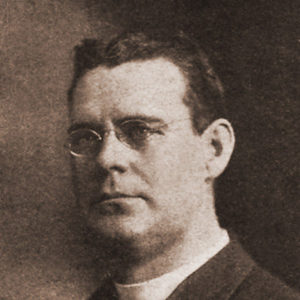 Thomas J. Hagerty
Thomas J. Hagerty
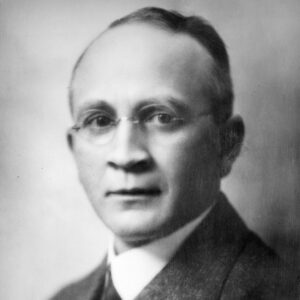 Hal L. Norwood
Hal L. Norwood
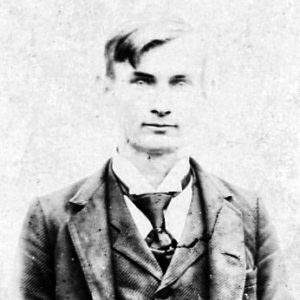 William Halbrook
William Halbrook
Halbrook, William Erwin
Halfway House, Skirmish near the
Hall, B. C.
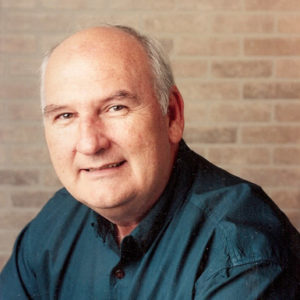 B. C. Hall
B. C. Hall
 Carl Hall
Carl Hall
Hall, Claris Gustavius “Crip”
 C. G. "Crip" Hall
C. G. "Crip" Hall
Hall, Nancy Johnson
 Nancy Hall Campaign Material
Nancy Hall Campaign Material
 Wes Hall
Wes Hall
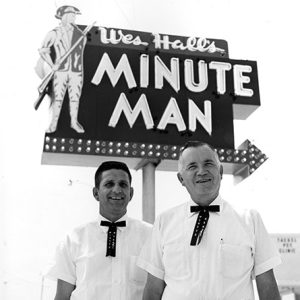 Wes Hall and Vernon Rodgers
Wes Hall and Vernon Rodgers
 Wes Hall and Motor Home
Wes Hall and Motor Home
Hallock, Harry M.
Hallum, John
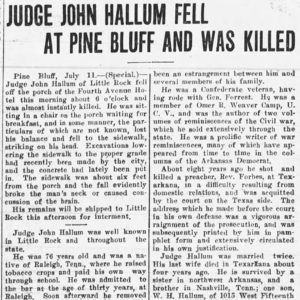 John Hallum Death
John Hallum Death
 Bill Halter
Bill Halter
Halter, Bill
Hamblen, Samuel George
 Samuel Hamblen
Samuel Hamblen
Hamby, Christopher Columbus
Hamilton and Ludberry (Lynching of)
Hamilton, George Stevens
Hamilton, Henry (Reported Lynching of)
 Laurell K. Hamilton
Laurell K. Hamilton
Hamilton, Laurell K.
 Charles R. Hamm
Charles R. Hamm
Hamm, Eddie
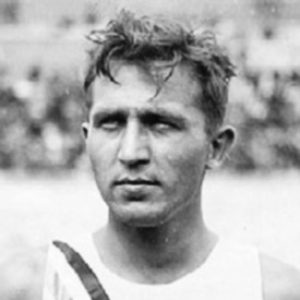 Eddie Hamm
Eddie Hamm
Hammerschmidt, John Paul
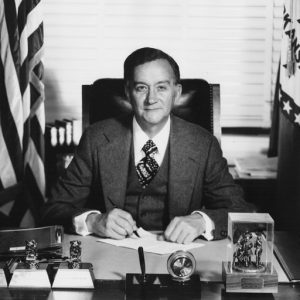 John Paul Hammerschmidt
John Paul Hammerschmidt
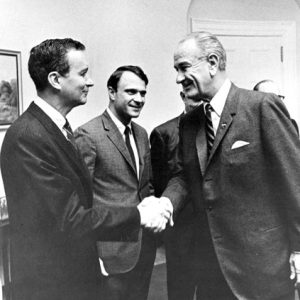 John Paul Hammerschmidt
John Paul Hammerschmidt
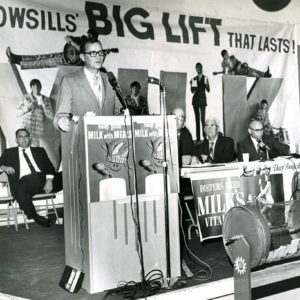 John Paul Hammerschmidt
John Paul Hammerschmidt
Hampson, James Kelly
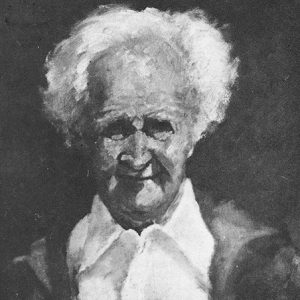 James Kelly Hampson
James Kelly Hampson
 Dan Hampton Card
Dan Hampton Card
Hampton, Dan
 Dan Hampton
Dan Hampton
 Dan Hampton
Dan Hampton
 Dan Hampton
Dan Hampton
Hancock, Archibald Rex, Jr.
Hancock, James Carl
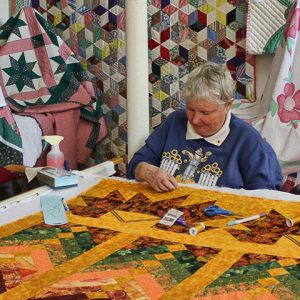 Hand Quilting
Hand Quilting
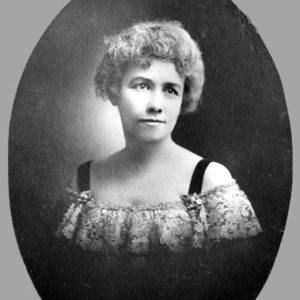 Frances Hanger
Frances Hanger
 Frances Hanger
Frances Hanger




